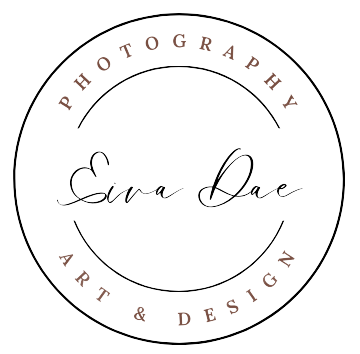Creating a Home Photography Studio on a Budget
Many aspiring photographers have the dream of setting up their own home photography studio to hone their craft. If you’re wondering how to create a photography studio at home without breaking the bank, you’re in luck. Here are some valuable tips on setting up a low-cost home photography studio.
Planning Your Home Photography Studio
Setting up a home photography studio can seem daunting with so many factors to consider. The first step is to do some research. Thanks to the internet, you can explore nearby photo studios virtually, examining their setups and gaining insights into how to arrange your equipment at home.
Keep in mind that professional studio equipment can be expensive, so it’s perfectly fine to start small with the essentials.

Fixed Location vs. Portable Studio
Consider your photography needs. Do you plan to work in a single location, or will you be shooting in various places? For occasional shoots, a clean wall and natural window light can suffice. However, for frequent product photography, a dedicated home studio is advisable. Look for compact and easily storable equipment to maintain flexibility.
Determining Studio Size
You don’t need a massive space to take studio portraits. You can convert a spare room or even a tool shed into a functional home photography studio. Smaller spaces demand creativity, flexibility, and compromises. In most cases, a room as small as 100 square feet can accommodate your photography gear effectively.
Consider the number of people you plan to photograph in your studio. Larger groups require more space for movement, while single-person portraits can be done in a smaller area. Also, keep in mind that the size of your studio can affect lighting. Controlling artificial light is easier in larger studios, whereas small spaces with low ceilings can be prone to stray light issues, making window lighting a better option for small studios.
Managing a Small Studio Space
Working with limited space can be challenging, especially when building complex lighting setups. In small studios, long lenses like the 70-200mm f/2.8 may be too “long” for the space, restricting you to headshots. Consider investing in lenses with shorter focal lengths, around 80-100mm, for more versatile portrait options. Additionally, ensure there are adequate power outlets for your equipment.

Basic Gear Setup for a Small Photography Studio
When it comes to equipment, you don’t need to buy everything at once. Here’s a basic gear setup for a small home photography studio:
- Lights: Start with one light and one reflector, but aim for three lights for greater flexibility. You can begin with affordable options like manual Speedlites such as the Yongnou 560 IV or studio strobes like Godox strobes.
- Flash Trigger: You’ll need a flash trigger to remotely activate your flash units. Ensure it’s compatible with both your strobes and camera.
- Lighting Modifiers: Essential modifiers include a reflector and an umbrella. Brands like Neewer and Godox offer cost-effective options. Works well with
- Light Stands: Have one stand for each light, ensuring stability, especially for heavier lights and modifiers. Newer is a good option.
- Background: A collapsible background is a good starting point, and brands like Impact offer affordable options. Consider the size and color based on your needs.
Optional Accessories
In addition to photography equipment, consider these accessories:
- Step Ladders: Useful for changing perspectives and adjusting lighting.
- Fans: Add motion and comfort to your shoots, especially in hot studios.
- Extension Cords and Power Strips: Essential for plugging in various equipment.
- Furniture: Chairs and stools are helpful for larger portraits.
Cost Considerations
Building a photography studio doesn’t have to be prohibitively expensive. You can find home studio kits online at reasonable prices. These kits typically include light stands, modifiers, a background stand, and muslin backgrounds. While the included stands may not be the sturdiest, they suffice for home use. If you plan to shoot in different locations, consider investing in more robust options. Keep in mind that the kit lights may not be very bright, but you can replace them with your existing Speedlites for better results.
Starting a Home Photography Business
Once you have your home studio set up and feel comfortable with your lighting, consider starting a photography business. Begin by offering your services to friends and acquaintances who may be more forgiving of your studio setup while being excited about your talent. As you gain experience and funds, you can expand your equipment and eventually consider renting a professional studio for your business.
In Conclusion
Setting up a home photography studio on a budget is achievable with careful planning and smart equipment choices. Don’t get too fixated on having the perfect studio or equipment; your creativity and determination are the keys to success in photography.

Creating a Home Photography Studio on a Budget
If you want to learn more and see how I build my studio and work from my living room, follow me on FACEBOOK. Let’s embark on this creative journey together and turn your passion for photography into something extraordinary!
Or BOOK NOW a consultation with me for your session.

